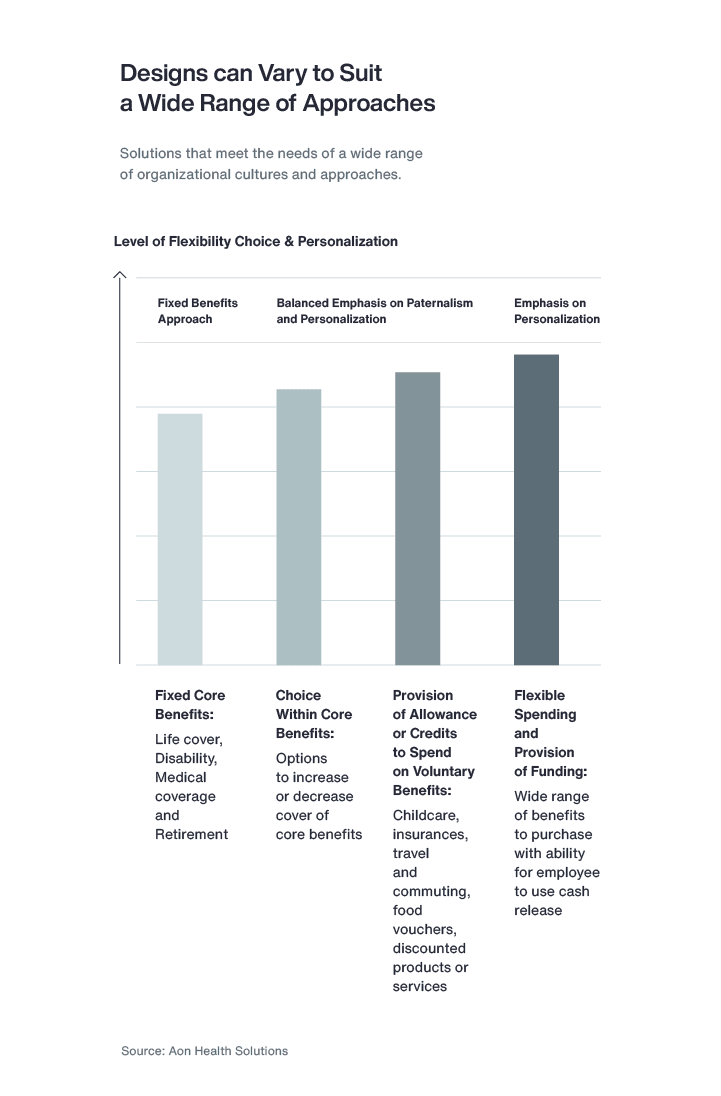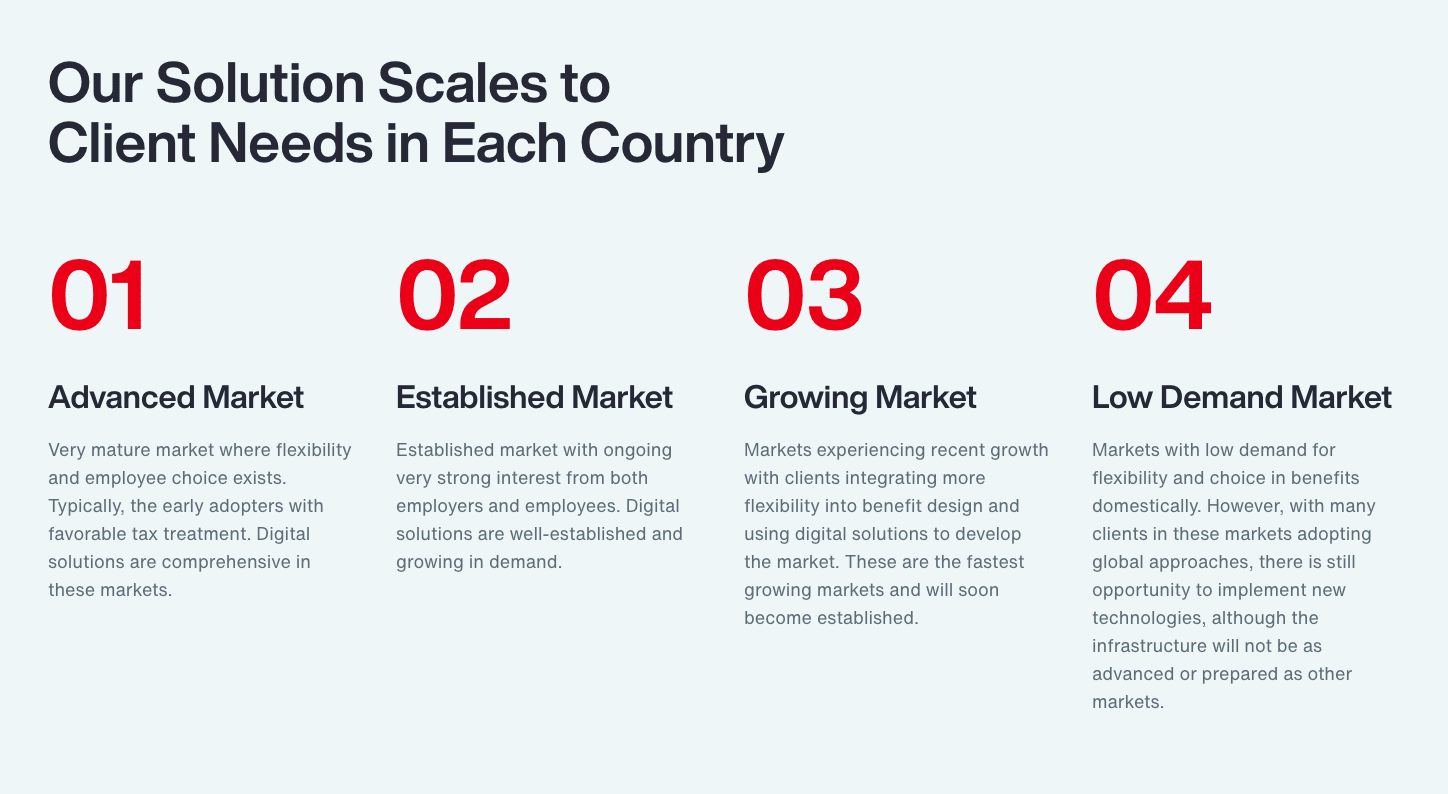Many employees and job candidates want to know companies are serious about their stated
diversity, equity, inclusion and belonging (DEIB) values and goals. According to Aon’s 2022-2023 Global Wellbeing Survey,
80 percent of organizations think about DEIB, among other issues like health and safety, when it comes to employee
wellbeing. An important way for employers to show their commitment to these topics and avoid the risk of losing
talent is through the personalization of benefit programs. As competition for talent continues, aligning benefits
with DEIB goals can ensure that a more diverse workforce feels a greater sense of belonging and inclusion.
“We are receiving a high volume of inquiries about how companies can design their total rewards to be more inclusive
in supporting the greater diversity of today’s workforce needs. It’s really an urgent priority as our clients refine
their approach and respond to new trends and legislation,” says Andrew Krawczyk, commercial leader for Aon’s Health
Solutions practice in Europe, the Middle East and Africa.
“With this increased focus, and the modern analytical tools and capabilities at our disposal, we are well-positioned
to assist these companies to make more informed decisions that will help meet these diverse workforce needs. Clients
are seeking validation using modern perception studies and neuroscience technology to ensure employee views are
being increasingly factored into decision making,” adds Krawczyk.
The challenge is that diversity covers a lot of ground. As companies continue to integrate DEIB into their benefit
plan design, it’s critical to think holistically about the personalized options available and the technology needed
to achieve them.











































































































